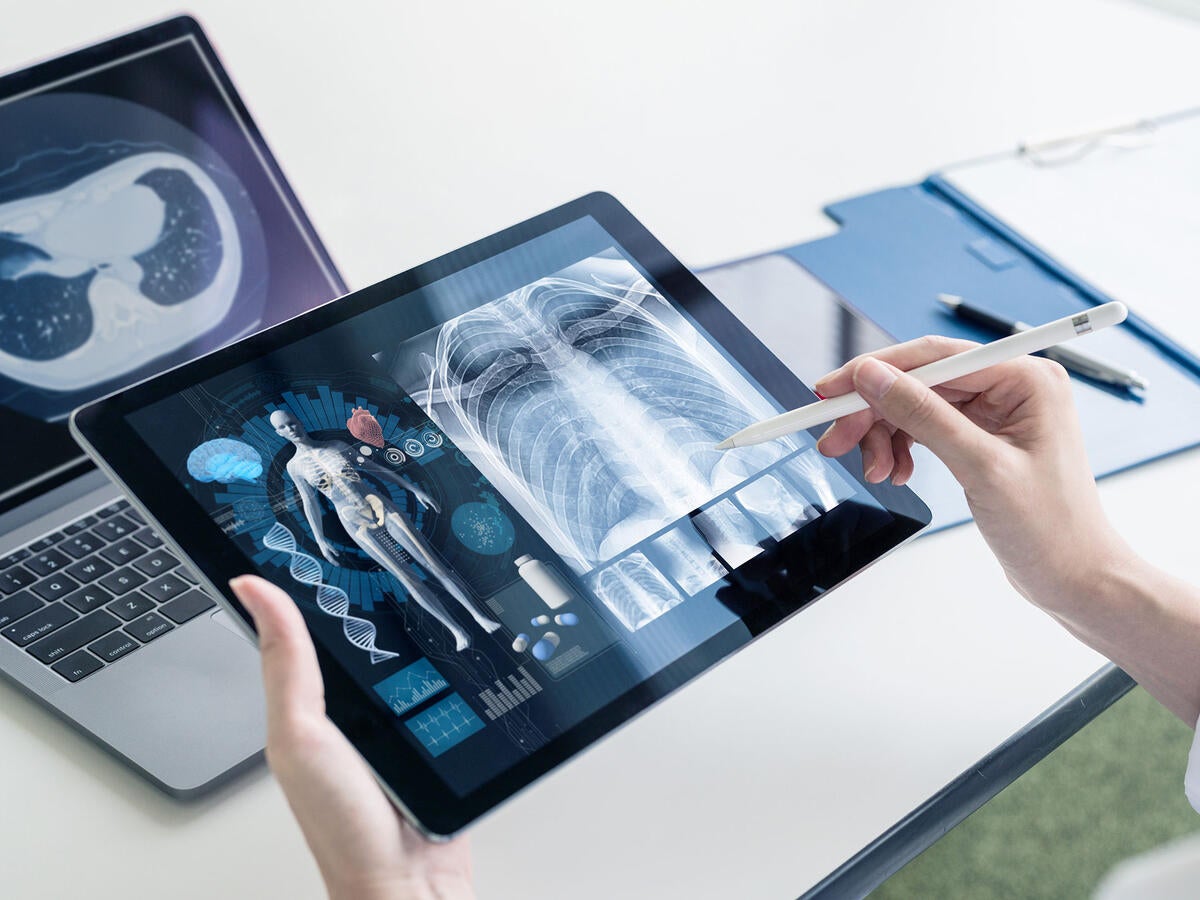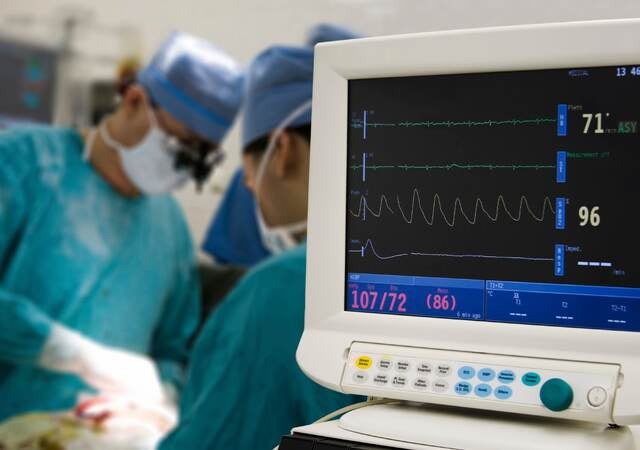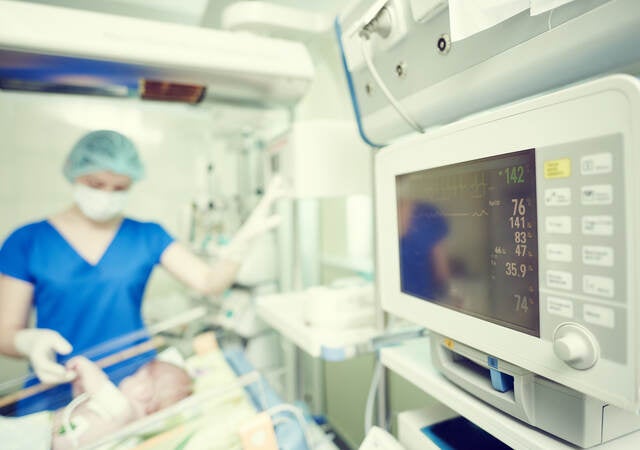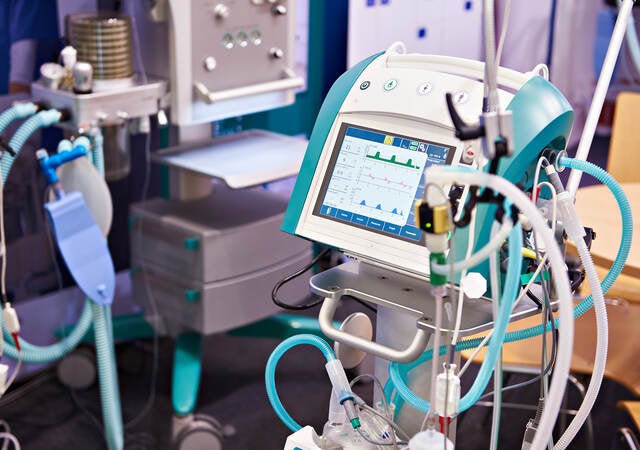Unlike the rules-based classification schemes used in Europe, Brazil and other markets, medical devices in the US are classified using a predicate-based system. The US Food and Drug Administration (FDA) uses this system to classify medical devices as Class I, II, or III based on increasing risk to the patient or user.
What are the different FDA device classes?
Class I devices are considered low-risk, often consisting of simple designs without moving parts. The requirements applied to Class I devices are known as “general controls.” Examples of this device class include adhesive bandages, scalpels, and manual stethoscopes. Most Class I devices can be registered with the FDA without the requirement of obtaining clearance.
Class II devices are medium-risk, often with more complex designs but whose failure would be unlikely to pose an immediate risk of serious injury or death. General controls are deemed insufficient to regulate Class II devices, which call for “special controls.” Examples include endoscopes, powered wheelchairs, syringes, and total joint implants. Some Class II devices only need to be registered, but many require clearance.
Class III devices are high-risk and could lead to serious medical complications including death if they fail. Class III devices are required to undergo a pre-market approval (PMA) process unless they can be shown to be “Substantially Equivalent” to an existing approved (“predicate”) device. Examples include cardiac pacemakers, deep-brain stimulators, breast implants, and heart valves.
Determining the US FDA classification of your medical device
In most cases, you can determine the correct classification of your medical device by referencing the FDA’s classification database and reading the descriptions of devices that are “Substantially Equivalent” to yours. Once you have a match, you will be able to determine the classification, three-letter Product Code, and the specific regulation number that will be used during the registration process. This may seem easy, but identifying the closest FDA predicate device to yours among thousands of codes is often harder than it seems.
Submitting a FDA 513(g) if no clear predicate can be established
For devices that are innovative, it can sometimes be difficult to find an exact predicate device using the FDA classification database. In this case, you can submit a 513(g) “Request for Information” to the FDA. The 513(g) submission should outline the characteristics of your device and include rationale on why you believe it falls into a specific class. The FDA will evaluate your information within 60 days and issue a ruling on how your device should be classified along with a suitable regulation number and product code. Read the FDA 513(g) guidance document.
FDA De Novo Submissions for new devices
Entirely new devices are automatically considered to be Class III in the US. However, many new products are not high risk. This is why the FDA has the "de novo" process. You may consider filing a de novo submission if the FDA determines, through means such as a 513(g) or Pre-Submission, that your device is a “novel” with no existing classification or predicate device on the market. Within 120 days after your de novo submission, the FDA will determine if your device is Class I or II and may issue an entirely new product code and regulation number. If rejected, your device will remain Class III. Read this De Novo guidance document from the FDA.
Allow Emergo to help you classify your medical device in the US
Emergo specializes in medical device regulatory consulting and can help you determine the proper classification for your device in the United States. Here’s how we can help:
- We have many years of experience navigating the complex US FDA classification database to properly classify devices. We know which mistakes are commonly made and how to avoid them.
- If the classification of your device cannot be determined using the FDA classification database, we can advise you on whether to submit a 513(g) or de novo submission to the FDA.
- If a de novo submission is necessary for reclassification, our team of consultants will determine the correct de novo pathway, submit it to the FDA, and provide support in handling FDA feedback after submission.
Proper US FDA classification of your device is extremely important to avoiding regulatory delays and expenses. Let us help you get it right the first time and get your product cleared for sale as quickly as possible.
Please contact us for more information on FDA medical device classification.
Frequently Asked Questions
Can I market my device after submitting the 513(g)?
The 513(g) submission helps to clarify the classification and regulatory requirements for your medical device, but it does not grant you approval to market your device. The FDA will determine your regulatory pathway with their 513(g) ruling.
What are the pathways for De Novo submission?
There are two De Novo process pathways that can assist in obtaining a reclassification of your novel device.
- The first option is the pre de novo submission (PDS). The PDS involves early-stage discussions with FDA reviewers to determine whether your device is a good de novo candidate, as well as which materials you should provide to the FDA as part of your de novo petition.
- The second option is a standard 510(k) submission resulting in a not substantially equivalent (NSE) decision by FDA reviewers. Following the NSE, you have 30 days to submit a de novo petition.
What happens once a de novo is granted?
After a de novo is granted by the FDA, the specific device and device type is classified as Class I or Class II. The device may then be marketed immediately and serve as a predicate device.
Can I file a De Novo and a 510(k) at the same time?
No. Upon receipt of a De Novo submission, the FDA will search their database to see if any submission for your product is in process. If they find you have submitted your device for review under a 510(k) for the same intended use, they will reject the De Novo submission.
Should we submit a “Pre Sub” before submitting a De Novo?
Yes, the FDA strongly recommends filing a “Pre Submission” if no products similar to yours have been reviewed via the 510(k) process.
Request information from our specialists
Thanks for your interest in our products and services. Let's collect some information so we can connect you with the right person.









